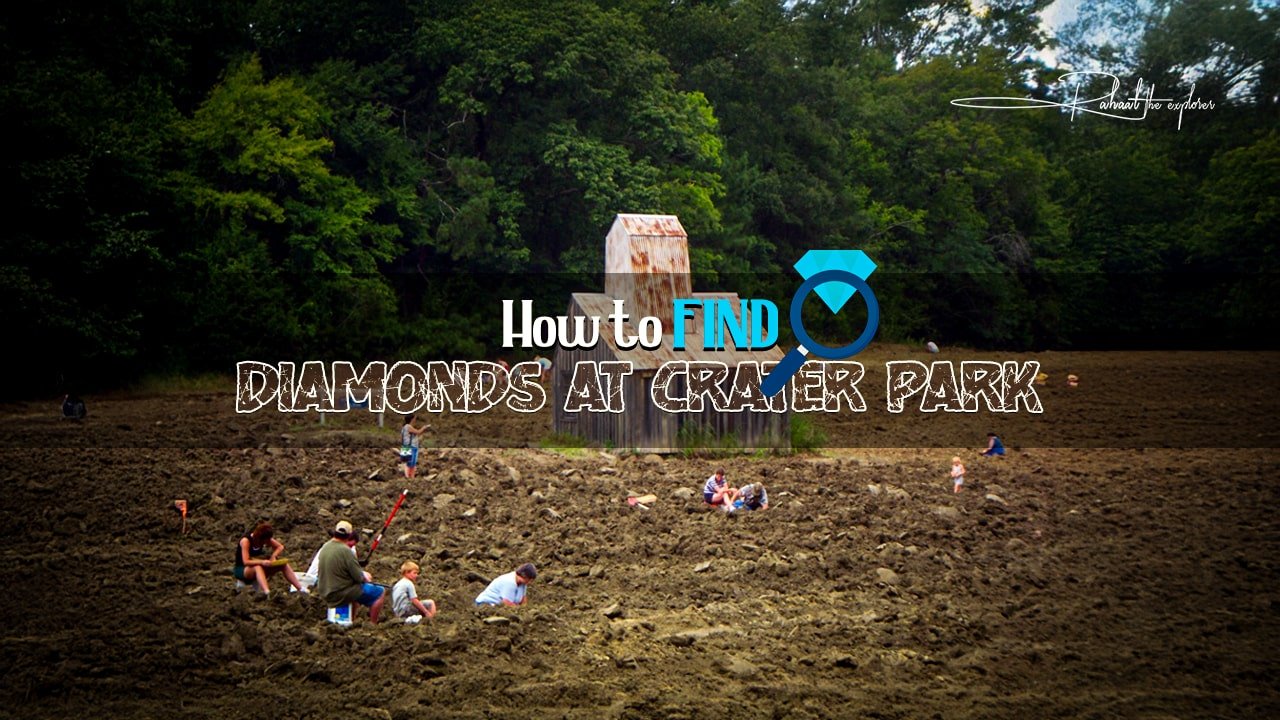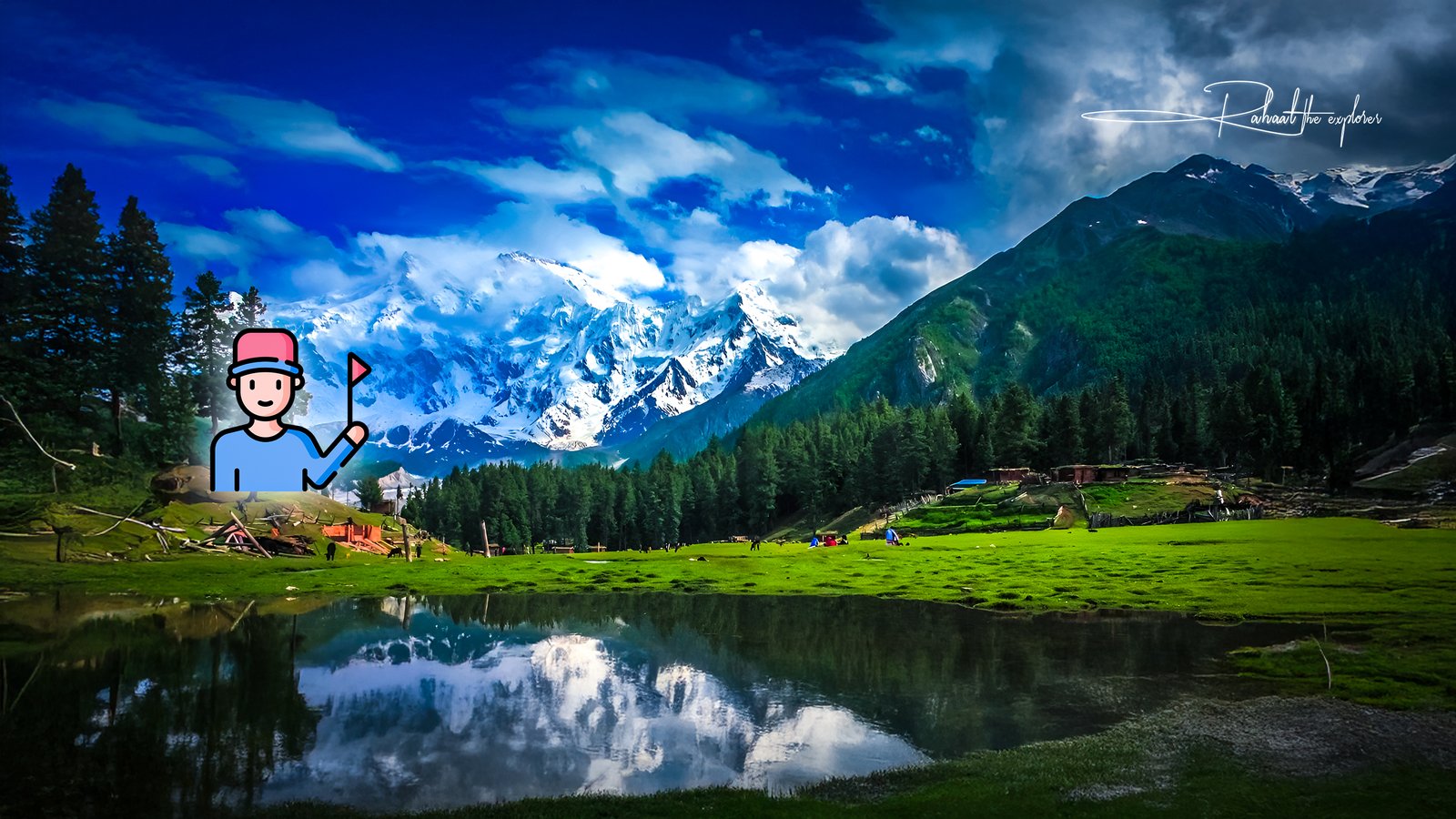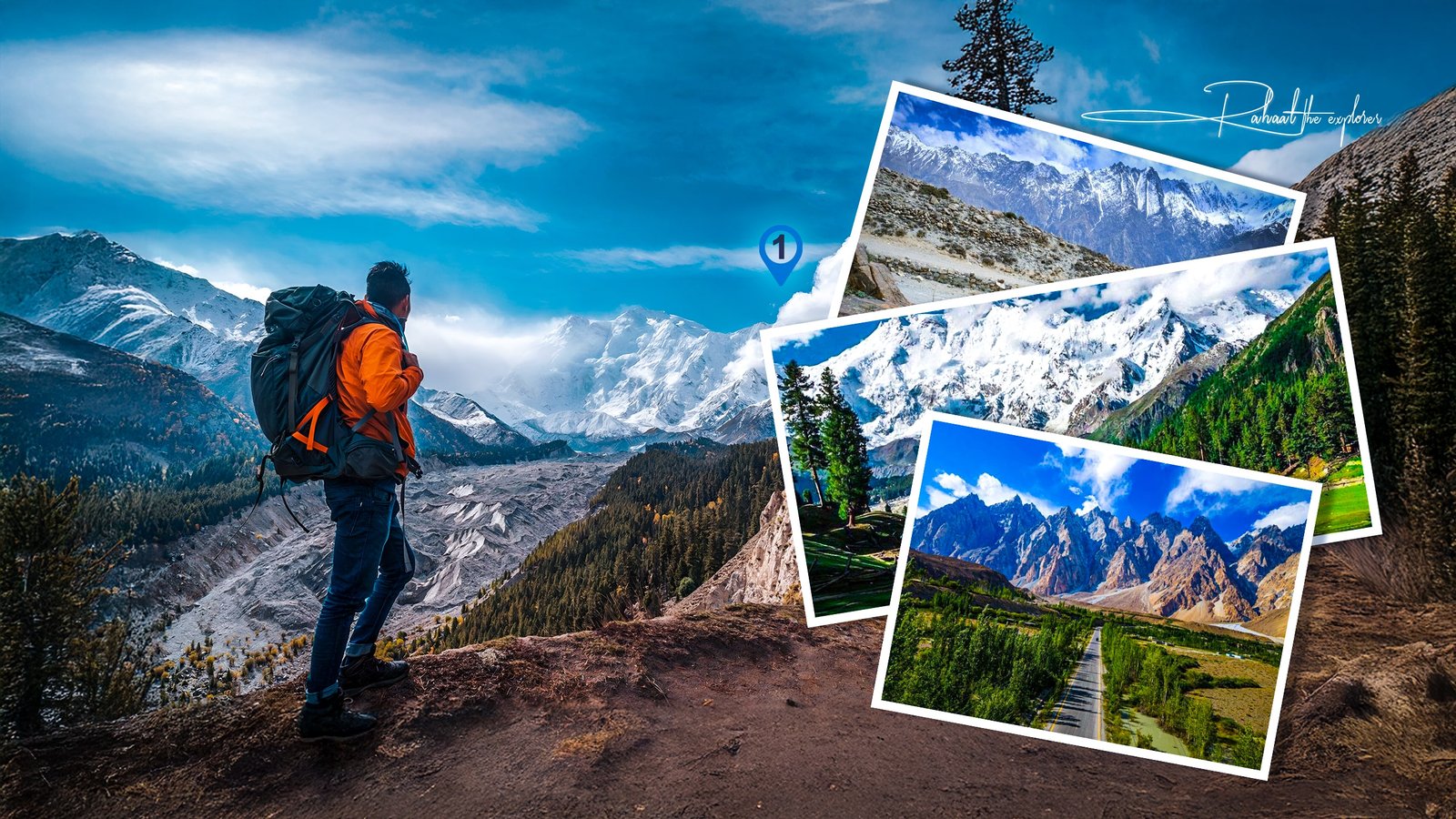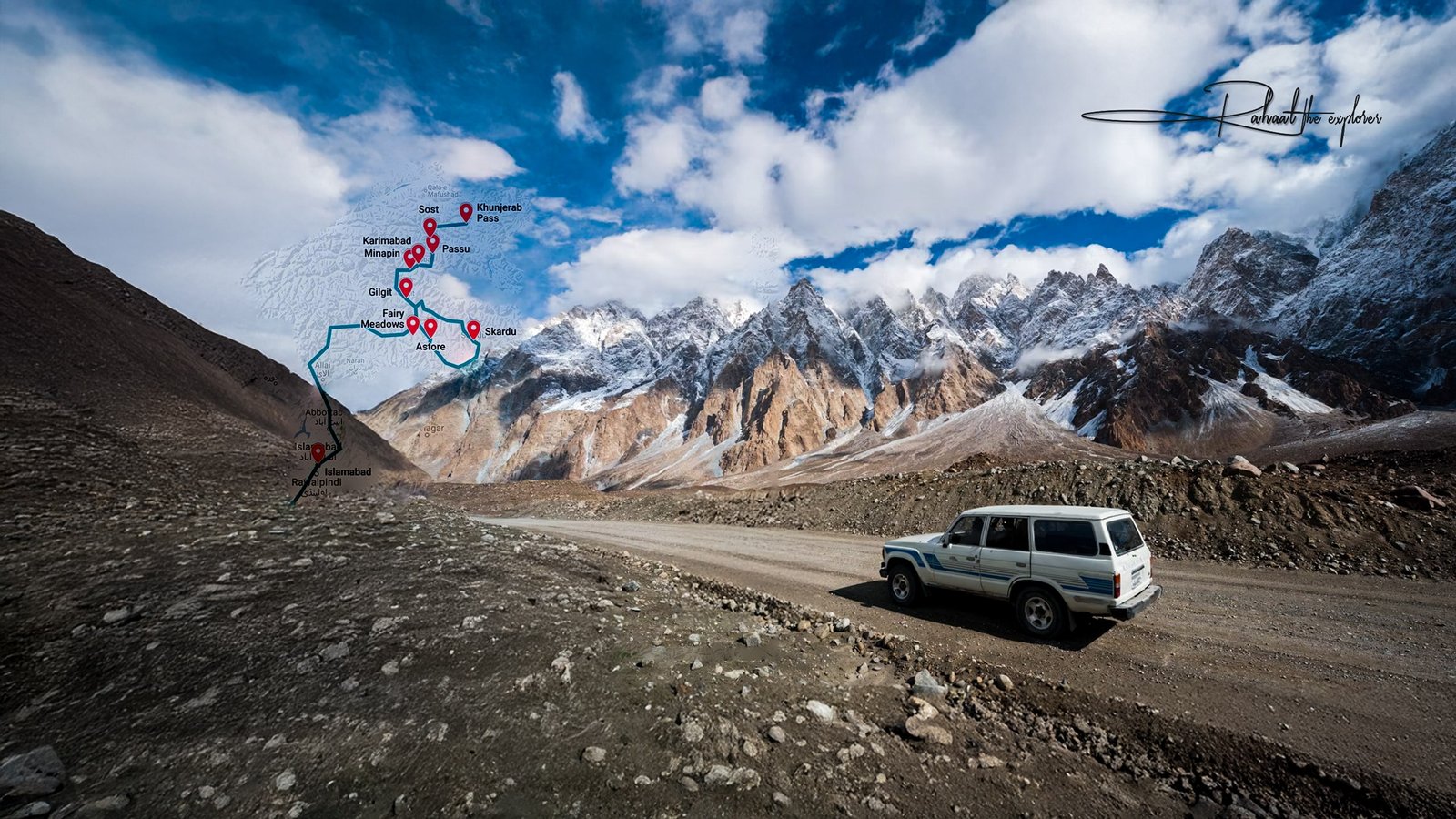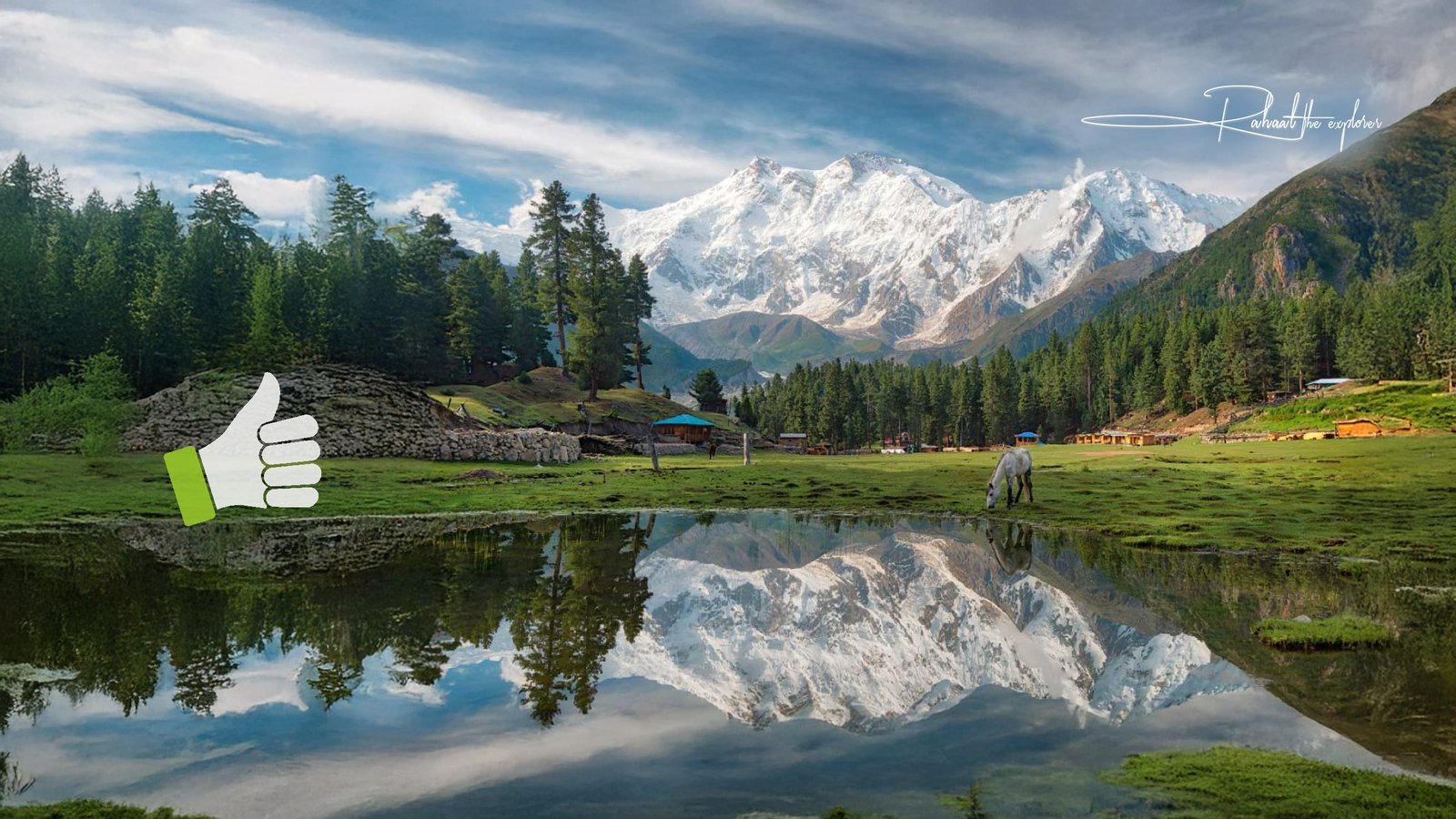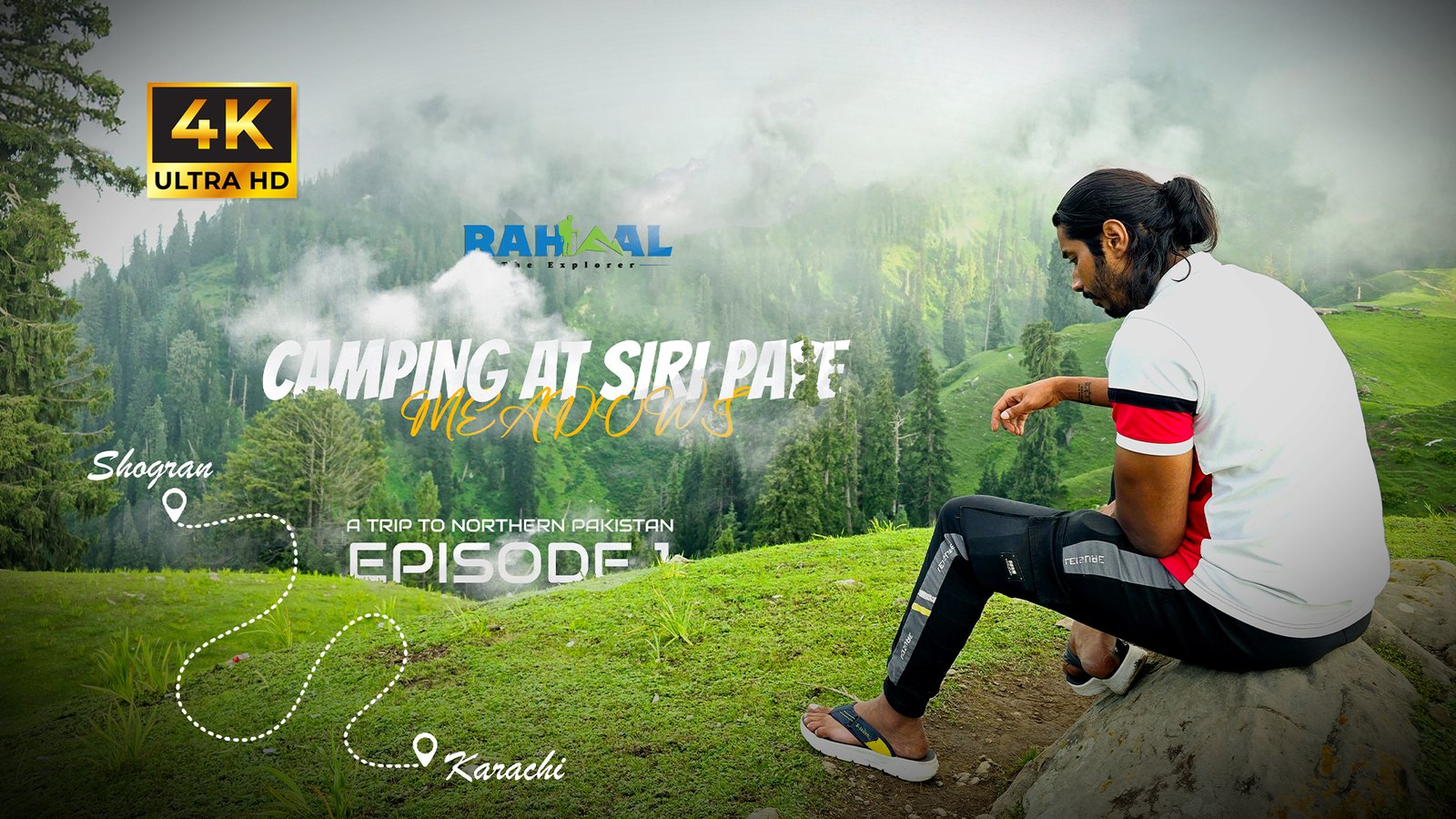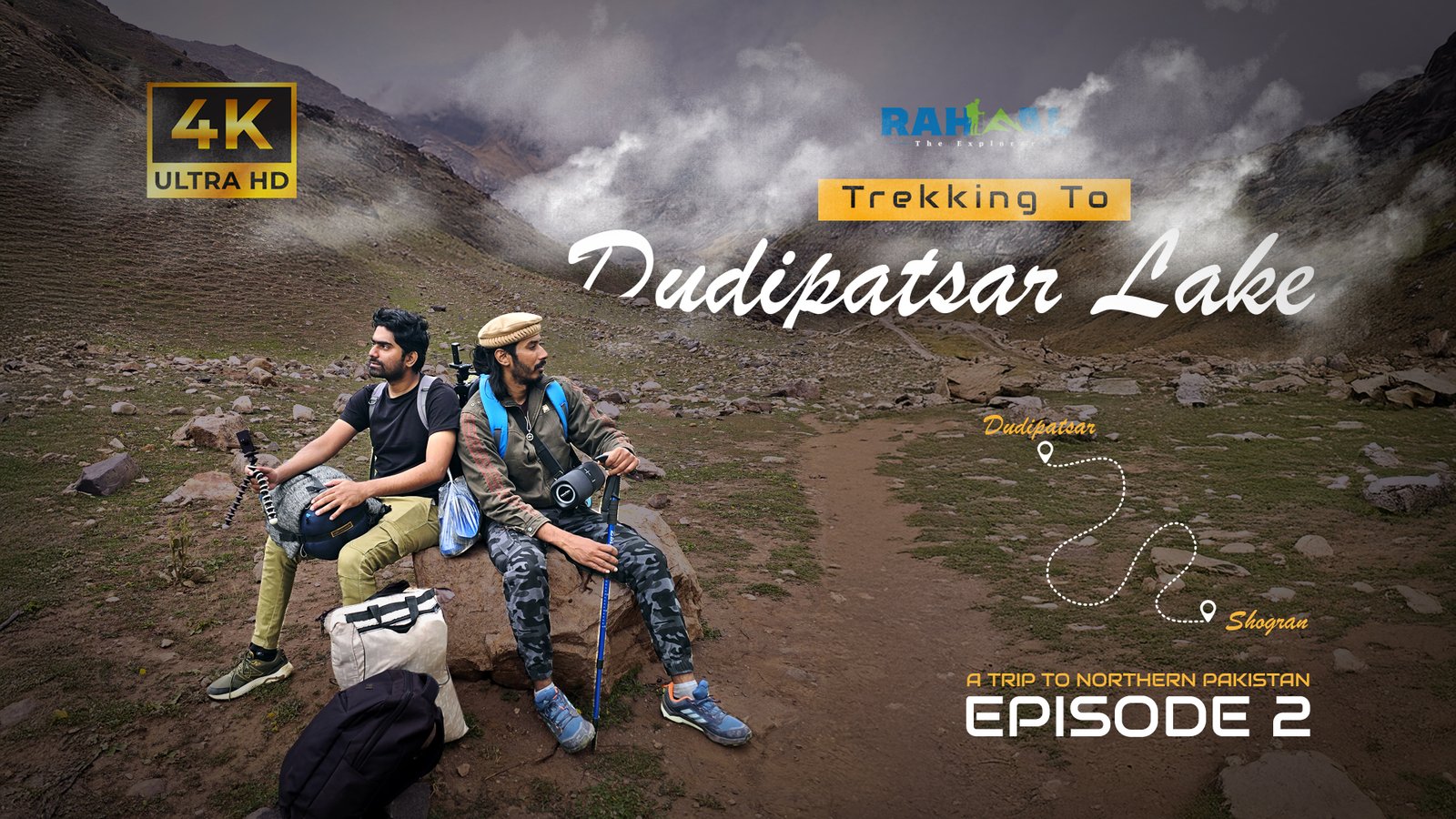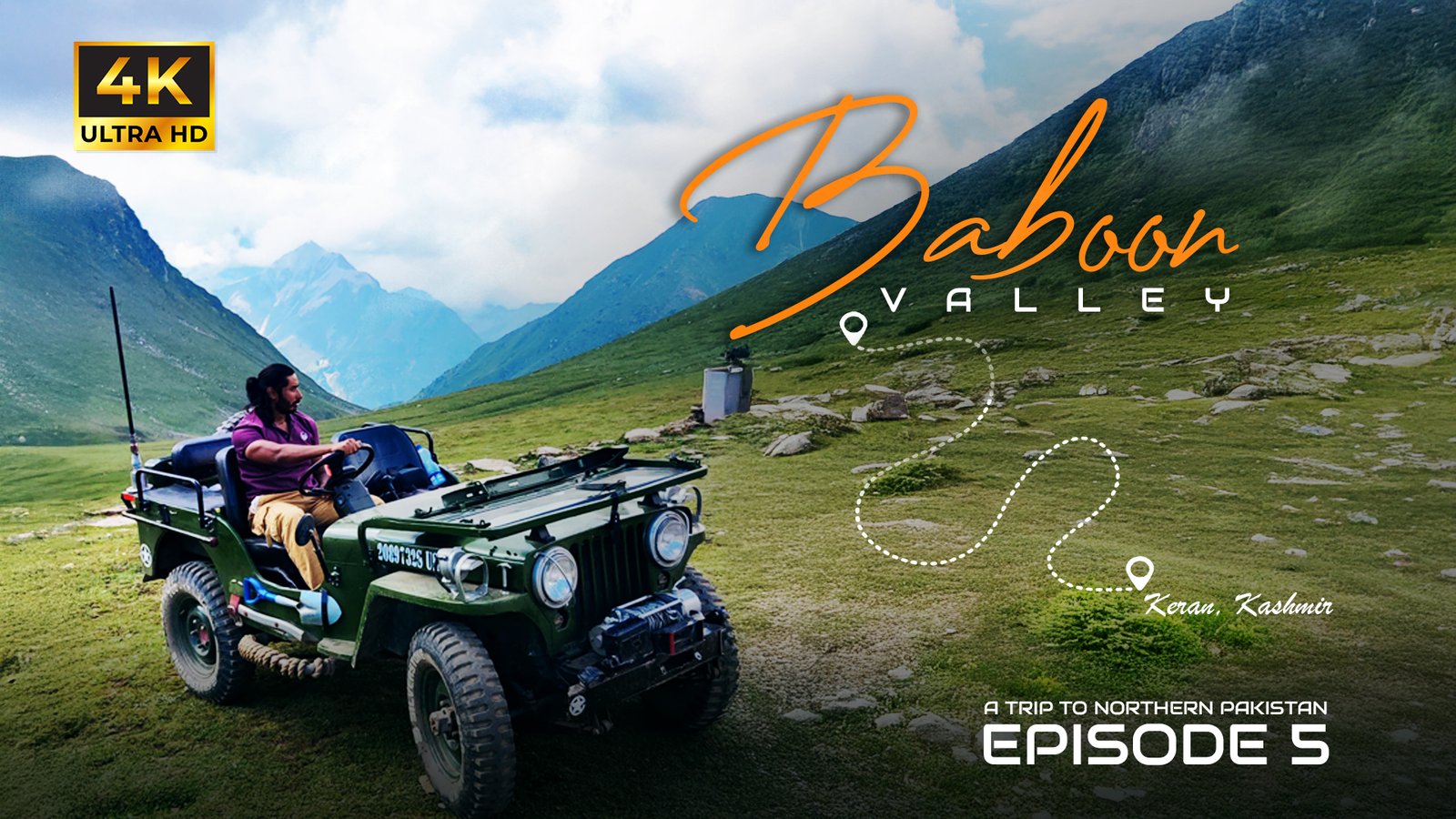Hidden deep in the heart of Arkansas lies one of the world’s most unique destinations — a place where anyone can dig for real diamonds and actually keep what they find. Welcome to Crater of Diamonds State Park, a 37.5-acre plowed field sitting atop an ancient volcanic crater that continues to attract thousands of visitors every year.
If you’ve ever dreamed of discovering your own gemstone, this is one of the few places on Earth where that dream can come true. In this complete guide, we’ll explore how to find diamonds at Crater Park, what tools you need, the best times to visit, expert tips, and answers to frequently asked questions.
Whether you’re a first-time visitor or a repeat treasure hunter, this guide will help you make the most of your diamond-digging adventure.
About Crater of Diamonds State Park
Located near Murfreesboro, Arkansas, Crater of Diamonds State Park is the only publicly accessible diamond-bearing site in the world where visitors can search for diamonds in their natural volcanic source. The park covers more than 900 acres, but the main search area — the “Crater” — spans about 37 acres of plowed earth that once formed part of an ancient volcanic vent.
A Brief History
Diamonds were first discovered here in 1906 by a farmer named John Huddleston, who found sparkling stones on his property and had them verified as genuine diamonds. The discovery sparked decades of mining, speculation, and gem-hunting before the land was eventually turned into a state park in 1972.
Since then, visitors have found over 35,000 diamonds, with sizes ranging from tiny crystals to record-breaking gems. The most famous discovery is the “Uncle Sam Diamond”, a 40.23-carat white diamond found in 1924 — still the largest diamond ever unearthed in the United States.
Why Crater of Diamonds Is Special
Unlike traditional mining operations, the park’s philosophy is simple: finders keepers. Every diamond you find — no matter the size or color — is yours to take home.
The site is geologically unique because it’s located on the surface of an eroded volcanic pipe, known as a lamproite volcanic vent. Over millions of years, erosion brought diamonds and other minerals to the surface, making it possible for visitors to find them with minimal digging.
In addition to diamonds, the park also yields amethyst, garnet, jasper, quartz, and agate, offering a rewarding experience for geology enthusiasts and hobbyists alike.
Understanding Diamond Types Found at Crater Park
Diamonds found at the park typically fall into three natural color categories:
- White Diamonds: The most common and valuable type found here.
- Brown Diamonds: Often called “champagne” or “cognac” diamonds for their warm tones.
- Yellow Diamonds: Known for their sunny hues, these gems are often pure and gem-quality.
Most diamonds found are small — typically under one carat — but even small stones are of high purity and clarity.
How to Find Diamonds at Crater Park
Finding a diamond at Crater of Diamonds State Park requires patience, technique, and a little luck. There are three main methods used by visitors: surface searching, dry sifting, and wet sifting.
1. Surface Searching
Surface searching is the simplest and most beginner-friendly method. Visitors walk through the plowed field and look for diamonds sitting on the surface.
Best Conditions:
- After heavy rainfall, when mud has washed away topsoil and exposed stones.
- During sunny days, when diamonds reflect sunlight and sparkle against darker soil.
Tips for Surface Searching:
- Move slowly and keep your eyes close to the ground.
- Diamonds appear smooth, glassy, and often have an oily shine.
- Look for shapes that differ from ordinary rocks — diamonds typically form in triangles or rounded edges.
This is the most successful method for casual visitors, especially after storms or park tilling events.
2. Dry Sifting
Dry sifting involves scooping up soil and passing it through a screen to filter out larger rocks. This method works best when the soil is dry and loose.
Tools Needed:
- A shovel or trowel
- Two screens (one coarse, one fine)
- A bucket or container
To dry sift effectively:
- Collect soil from areas with gravel or near drainage lines.
- Shake the dirt through your screens.
- Examine the remaining pebbles carefully for shiny stones.
Dry sifting can yield not only diamonds but also quartz and other gemstones.
3. Wet Sifting
Wet sifting is the park’s most popular and effective method for serious gem hunters. It uses water to separate heavier minerals — including diamonds — from lighter soil.
How to Wet Sift:
- Fill your screen set with dirt and submerge it in one of the park’s washing stations.
- Agitate the screens underwater to remove clay and silt.
- Flip your fine screen upside down and examine the remaining gravel carefully in good light.
Because diamonds are denser than most surrounding materials, they tend to settle near the bottom of the screen. Look for clear, glassy stones that stand out.
Pro Tip: Diamonds do not sparkle like quartz under direct sunlight; instead, they have a subtle metallic luster.
Best Time to Visit Crater of Diamonds State Park
The park is open year-round, but certain seasons and conditions are more favorable for diamond hunting.
Spring and Fall:
Mild weather makes digging comfortable, and occasional rains expose new material.
After Rainstorms:
This is the best time for surface searching. Rain washes away lighter soil and reveals hidden gems.
Summer:
The park is busiest, and temperatures can exceed 90°F. If you plan to visit during summer, start early in the morning and bring plenty of water.
Winter:
Quieter and cooler — great for serious prospectors who want fewer crowds.
Tools and Equipment You’ll Need
While the park rents basic equipment, bringing your own tools can enhance your experience.
Essential Tools:
- Small shovel or spade
- Trowel
- Two-screen set (1/4-inch and 1/16-inch mesh)
- Five-gallon bucket
- Spray bottle for cleaning stones
- Gloves and knee pads
Optional but Helpful Gear:
- Folding chair or stool
- Cooler with water and snacks
- Hat and sunscreen
- Magnifying glass or jeweler’s loupe
All tools must be hand-operated — mechanical or motorized equipment is not allowed.
Where to Search for Diamonds
While diamonds can be found anywhere in the plowed field, certain areas tend to be more productive.
Recommended Spots:
- Low areas where water collects after rainfall
- Drainage ditches and furrows
- Edges of the field where erosion exposes new layers of soil
Park staff often till the field several times a year to bring deeper material to the surface. Checking recent tilling schedules can help plan your visit.
Identifying Diamonds in the Field
Many visitors mistake quartz or calcite for diamonds. Here’s how to tell the difference:
| Feature | Diamond | Quartz |
|---|---|---|
| Shape | Rounded or triangular | Hexagonal |
| Luster | Metallic or greasy | Glassy or sparkly |
| Hardness | Scratches glass easily | Softer |
| Transparency | Clear to translucent | Often cloudy |
You can also have your finds verified by park staff at the Diamond Discovery Center, where experts identify and record genuine diamonds for you.
How Diamonds Are Registered
When you find a diamond, take it to the Diamond Discovery Center, where staff will inspect, weigh, and record it in the park’s official log. Each registered find becomes part of the park’s history, and you’ll receive a certificate verifying your discovery.
Over 500 diamonds are registered annually, with an average of one to two found per day.
Other Activities at Crater of Diamonds State Park
Beyond diamond digging, the park offers several recreational opportunities:
- Visitor Center: Learn about diamond geology and history.
- Walking Trails: Explore forested trails and observe wildlife.
- Picnic Areas: Shaded tables for relaxing between hunts.
- Diamond Springs Water Park: A small water playground open during summer.
- Camping: The park features over 50 campsites with modern facilities.
These amenities make the park a great destination for families, school trips, and adventure travelers.
Environmental Conservation
The park follows strict environmental guidelines to preserve the natural site for future generations. Visitors are encouraged to respect park rules, minimize disturbance to the landscape, and properly dispose of waste.
Crater of Diamonds represents a delicate balance between recreation and conservation — reminding visitors that even as they dig for treasures, they are part of a larger natural story.
FAQs About Finding Diamonds at Crater Park
1. Can anyone find diamonds at Crater of Diamonds State Park?
Yes. The park is open to everyone, from beginners to experienced gem hunters. Visitors of all ages have found diamonds — sometimes even on their first visit.
2. Do I need a permit or license?
No special permit is required. Your entrance fee includes access to the search area.
3. What’s the average size of diamonds found here?
Most diamonds weigh under one carat, but larger stones are occasionally found. Even small diamonds can be gem-quality.
4. What happens if I find a big diamond?
You keep it! The park’s “finders keepers” policy allows you to take home any gem you discover.
5. Can I sell the diamonds I find?
Yes, you legally own any stones you find and can sell them or have them cut into jewelry.
6. Are diamond finds guaranteed?
No — diamond hunting involves luck, but following the right methods increases your chances.
7. Can I bring my own digging tools?
Yes, as long as they are hand-operated. No powered or motorized equipment is permitted.
8. How much time should I plan for diamond hunting?
Most visitors spend 3–5 hours searching. Some dedicated hunters stay all day or visit for multiple days.
Final Thoughts
If you’ve ever wanted to combine adventure, history, and a bit of treasure hunting, Crater of Diamonds State Park offers the ultimate experience. Learning how to find diamonds at Crater Park is as much about patience and curiosity as it is about luck.
Every diamond found here tells a story millions of years in the making — from volcanic eruptions deep within the Earth to the excitement of discovery in your own hands. Whether you uncover a gem or simply enjoy the thrill of the hunt, a visit to this park guarantees a memorable and educational experience.
So, grab your shovel, pack your screens, and head to Arkansas’s Crater of Diamonds State Park — where every visitor has a chance to strike it rich in the most natural way possible.


